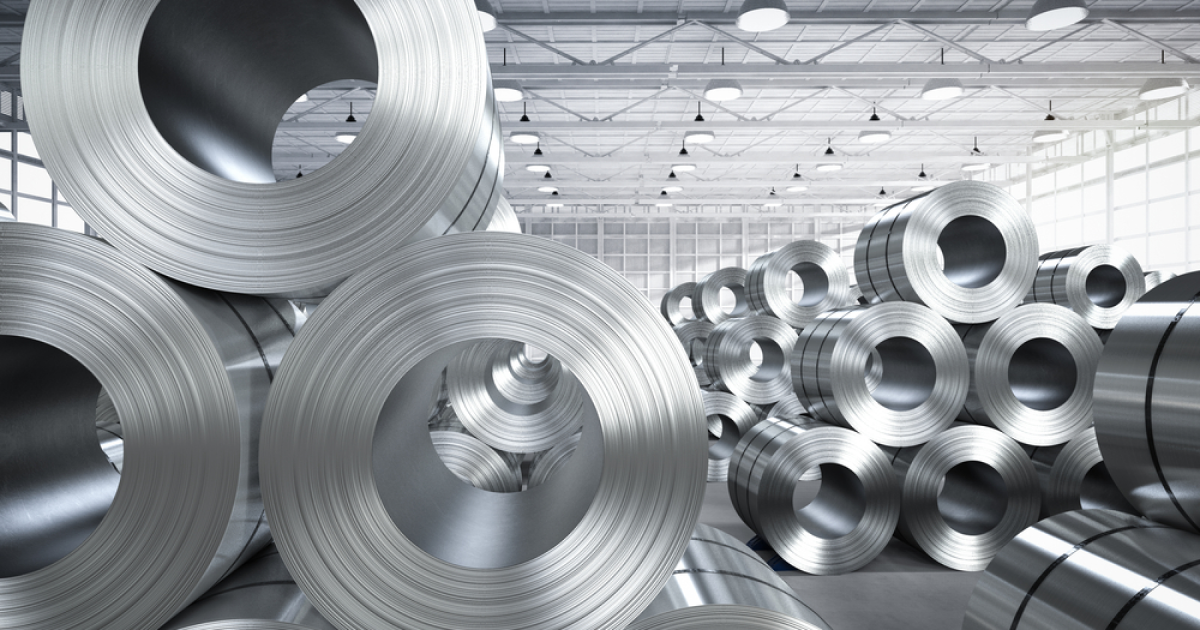
News Global Market Poland 621 19 July 2023
The consumption of steel products in the country in the first quarter of 2023 fell by 21% y/y
In the domestic market of Poland, the downward trend of both production and consumption of steel will continue. Miroslav Motyka, president of the Steel Chamber of Commerce and Industry (Hutnicza Izba Przemysłowo-Handlowa, HIPH) voiced this forecast in an interview with ISBnews.
According to him, the increase in the cost of energy and climate restrictions in the EU reduce the competitiveness of Polish steel producers and promote imports from outside the European Union.
The consumption of steel products in the country, Motyka noted, fell by 21% y/y in the first quarter of 2023 – to 3.1 million tons, and this trend will be observed during the current year. According to HIPH, in 2022 the consumption of steel products in Poland amounted to 13.3 million tons, decreasing by 13.5% y/y. The consumption of rolled products decreased by 15.9% in annual terms – to 4.7 million tons, flat products – by 12.8%, to 7.6 million tons, pipes – by 6.2%, to 1 million tons .
According to the president of HIPH, forecasts for the steel industry for 2023 are negative.
«Decreasing steel consumption is predicted in such sectors as large household appliances, steel products, construction and transport equipment. In particular, the steel industry is concerned about the drop in the number of new construction permits, which in the first four months of the year decreased by 32% year-on-year,» said Miroslav Motyka.
Last year was another year in which the share of imported steel on the Polish market increased. Compared to 2021, it increased by 1 percentage point, reaching 80%. HIPH data for the first quarter indicate a decrease in the share of foreign products in the Polish steel market – their total share fell to 73%.
Despite the decrease in the share of imports, domestic production also decreased in the first quarter. In 2022, Poland produced 7.2 million tons of steel products, which is 8.6% less than in the previous year. In the first quarter of 2023, this indicator fell by 10.3% y/y – to 1.8 million tons. According to Motyka, the drop in domestic production is a consequence not only of a decrease in demand, but also of a weakening of the competitive position of domestic producers.
«It is difficult to compete with imports that have a portfolio of value. First, production outside the EU does not face such a sharp increase in energy costs as in Poland or the entire EU. Secondly, steel producers from third countries are not subject to such strict climate regulations,» Miroslav Motyka explained.
In his opinion, in the medium term, a good opportunity for Polish producers is the EU’s introduction of CBAM, which can correct sharp differences in production costs. However, only practice will show the effectiveness of the mechanism. Motyka also emphasized that the EU should introduce rules that will protect and reward European steel producers in the event of launching projects to restore Ukraine at the bloc’s expense.
As GMK Center reported earlier, steel enterprises of Poland in May 2023 reduced steel production by 1.5% compared to the previous month – to 660,000 tons. This is evidenced by data from the WorldSteel Association. Annually, steel production in the country decreased by 13.6% in May.



